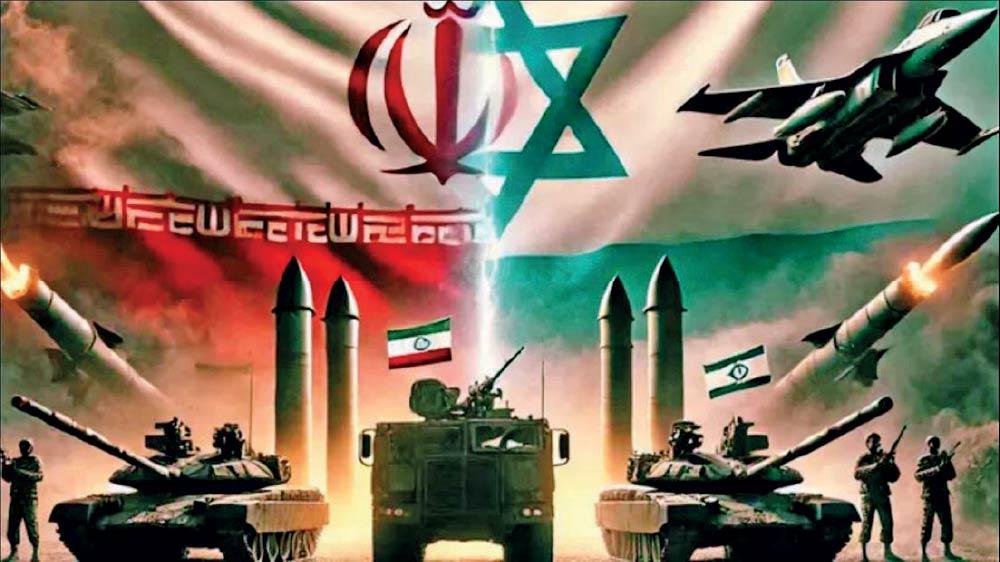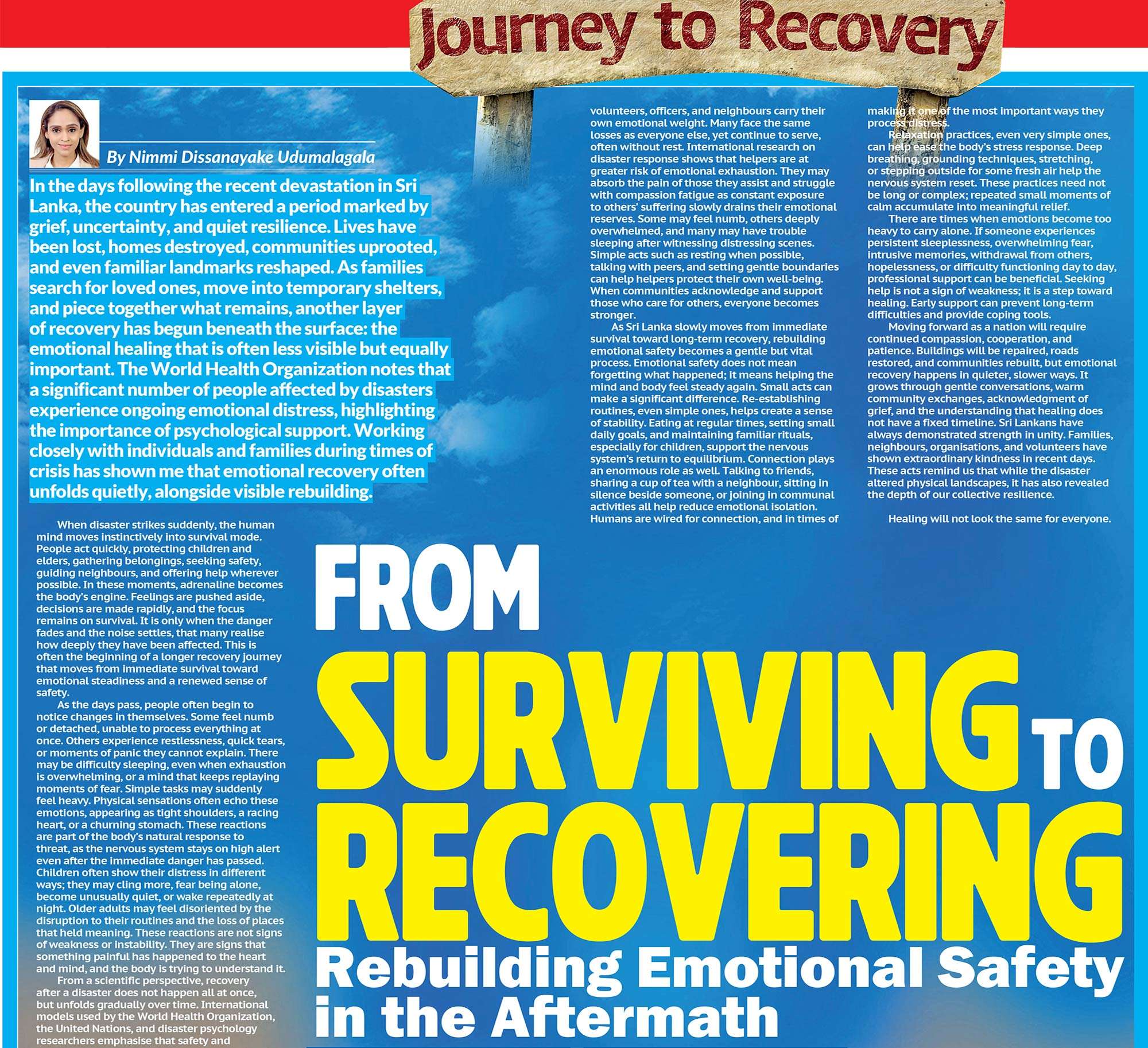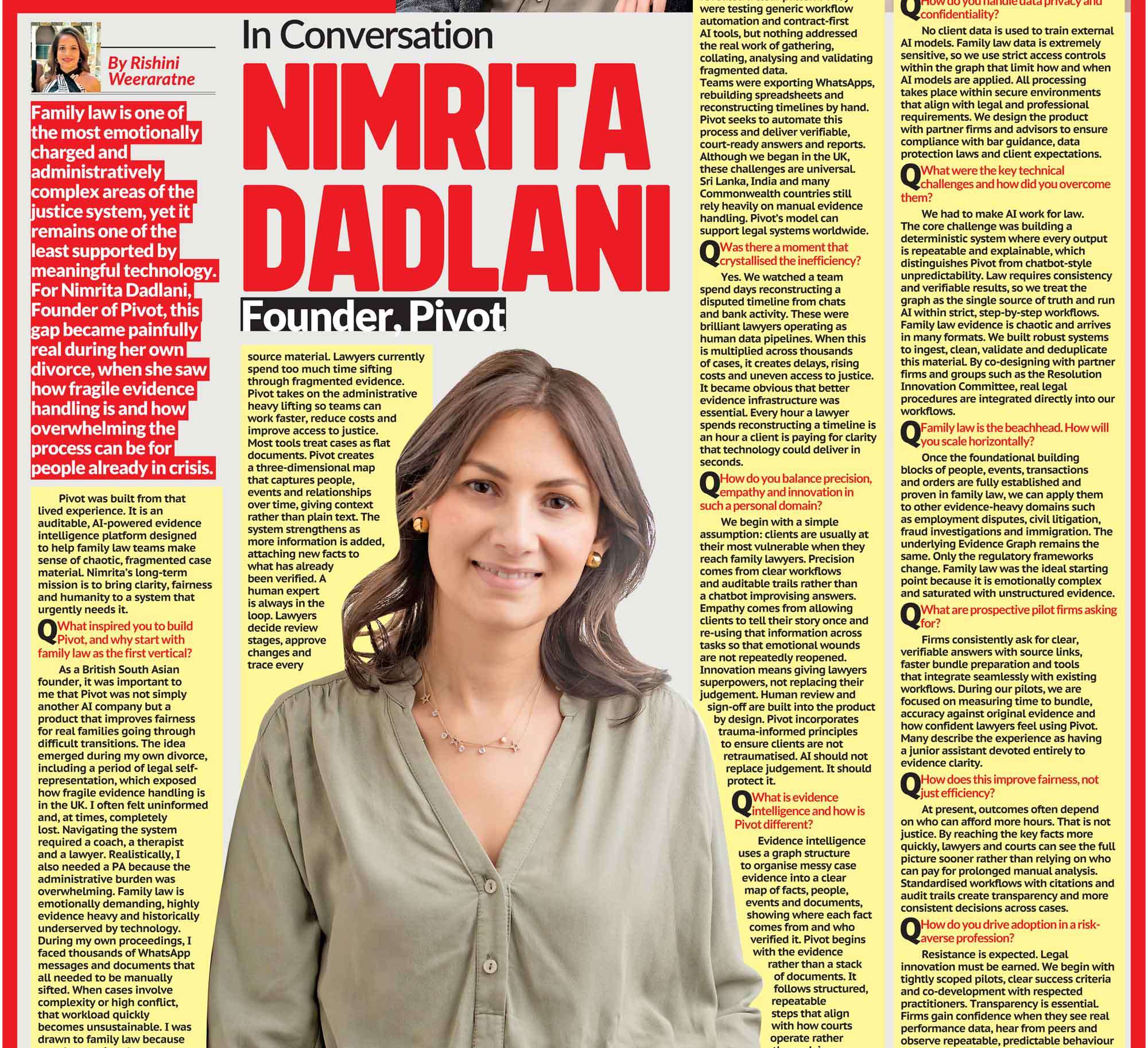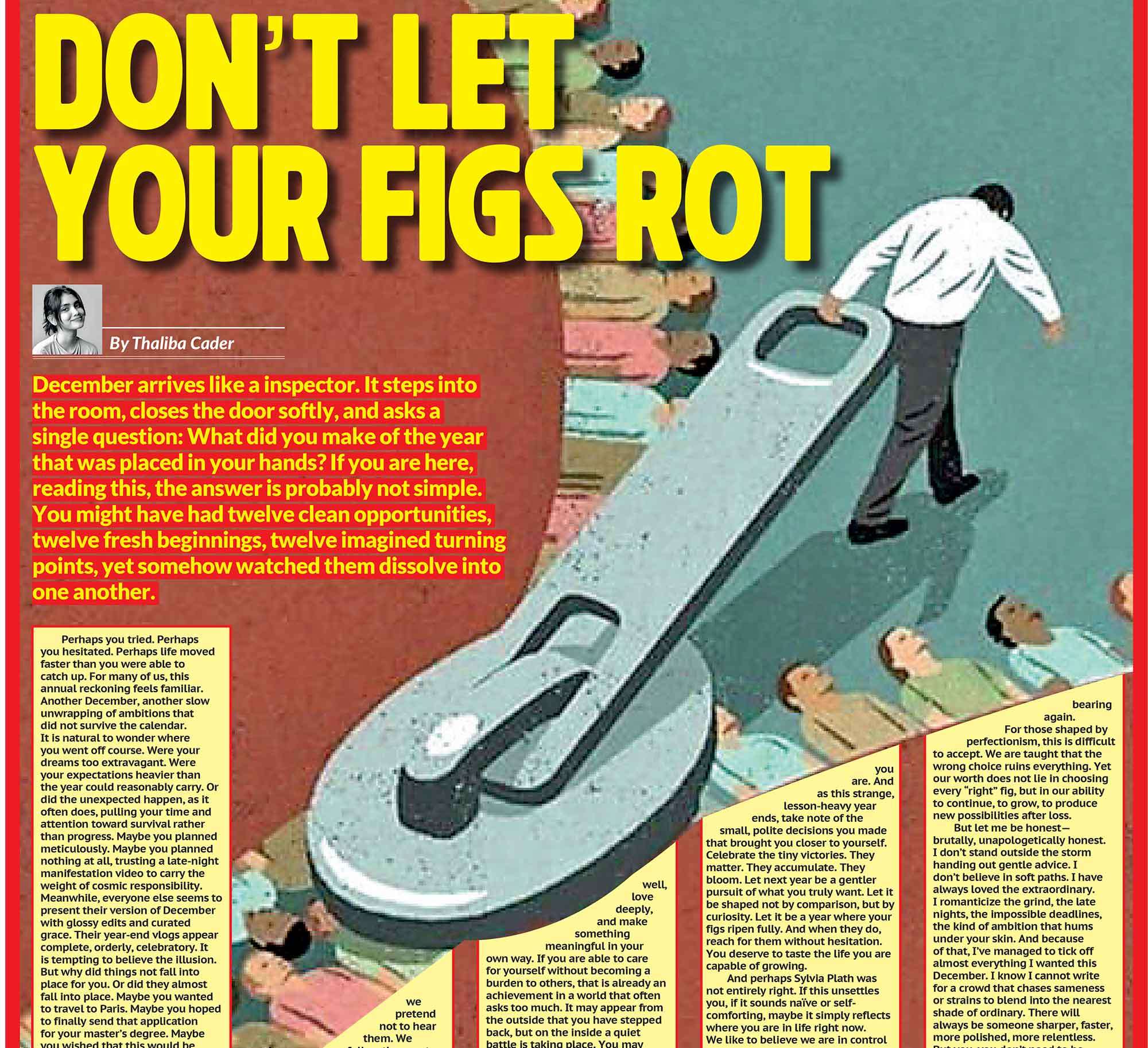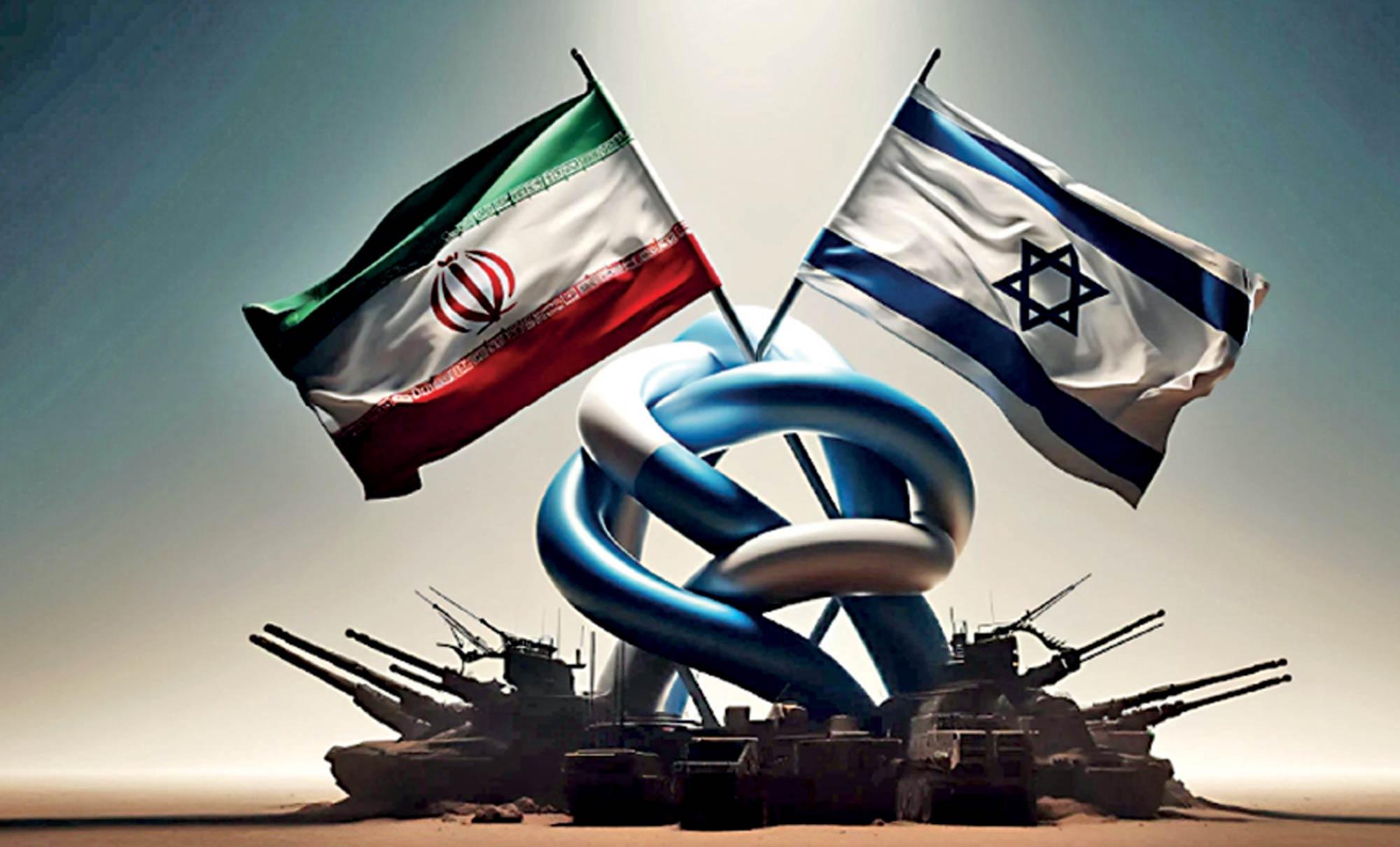

In June 2025, the long-simmering hostilities between Iran and Israel escalated into an open military conflict, shaking the foundations of Middle Eastern geopolitics and capturing global attention. For those unfamiliar with the dynamics of this rivalry, the Iran-Israel conflict is not a sudden eruption but the culmination of decades of ideological, strategic, and military antagonism. To understand the present crisis—marked by airstrikes on Iranian nuclear sites, retaliatory missile attacks, and threats of wider war—we must first unpack the historical roots and key turning points that set the stage for the current outbreak of violence. This article, the first in a two-part series, explores the evolution of the Iran-Israel conflict, the geopolitical interests that shaped it, and the role of proxy forces and nuclear ambitions in fueling this volatile confrontation.
The Roots of Hostility: Revolution and Ideology
The origins of the Iran-Israel conflict can be traced back to the 1979 Iranian Revolution. Prior to this seismic political change, Iran under the Shah maintained relatively cordial relations with Israel, recognizing it de facto and engaging in strategic partnerships. However, the revolution overthrew the monarchy and installed an Islamic Republic led by Ayatollah Ruhollah Khomeini, who declared Israel an illegitimate, “Zionist regime” that must be eradicated.
From the beginning, the Islamic Republic of Iran embraced a theocratic, anti-Western ideology that framed Israel as a colonial outpost of the United States. This was not mere rhetoric: the new regime openly supported militant groups like Hezbollah in Lebanon and, later, Hamas in the Palestinian territories. These groups became Iran’s proxies, facilitating a shadow war against Israel without direct state-to-state conflict. For Israel, this marked the beginning of a national security nightmare, with Iranian-supported militias threatening its borders and civilian population.
The Nuclear Question and Israel’s Red Lines
Tensions deepened significantly in the early 2000s with revelations about Iran’s clandestine nuclear program. Despite Iranian claims that its nuclear ambitions were purely civilian, evidence emerged suggesting that Tehran was pursuing weapons-grade enrichment. Israel, which has maintained a policy of deliberate nuclear ambiguity since the 1960s, views a nuclear-armed Iran as an existential threat.
Israel has repeatedly stated that it would not allow Iran to acquire nuclear weapons, considering it a red line. Over the years, Israeli intelligence operations, including the 2010 Stuxnet cyberattack and the 2018 seizure of Iran’s nuclear archives, revealed just how far Israel was willing to go to prevent Iran from achieving nuclear breakout capability. Despite the 2015 Joint Comprehensive Plan of Action (JCPOA) signed between Iran and world powers—which imposed temporary restrictions on Iran’s nuclear activities—Israel remained skeptical. When the United States, under President Trump, withdrew from the JCPOA in 2018, tensions soared anew.
Proxy Wars and Shadow Conflicts
Rather than engage in direct war, Iran and Israel waged a series of proxy conflicts across the region. In Lebanon, Hezbollah, trained and financed by Iran, amassed tens of thousands of rockets aimed at Israeli territory. In Syria, Iranian forces and their allies took advantage of the civil war to entrench themselves militarily, prompting repeated Israeli airstrikes. In Iraq and Yemen, Iranian-backed militias expanded their reach, further encircling Israel.
These indirect confrontations grew deadlier over time. The 2021 war between Israel and Hamas featured Iranian-made weapons, while Israeli strikes in Syria killed high-ranking IRGC officials. The assassination of Iranian nuclear scientist Mohsen Fakhrizadeh in 2020, widely attributed to Israeli intelligence, and Iran’s retaliatory attacks against Israeli-owned cargo ships exemplify the tit-for-tat nature of their shadow war.
Turning Point: October 2023 and the Gaza Flashpoint
The current conflict can be traced back to October 2023, when a massive Hamas-led assault on southern Israel killed over 1,000 civilians. Israel’s response was swift and brutal, launching an all-out assault on Gaza and assassinating top Hamas commanders. Crucially, Israeli intelligence linked the planning and arming of the attack directly to the IRGC’s Quds Force, effectively implicating Iran.
What followed was a year of intensifying Israeli operations not just in Gaza, but in Syria, Lebanon, and even inside Iran. Assassinations of Iranian commanders, sabotage of military facilities, and cyberattacks pointed to a new Israeli strategy: direct confrontation. Tehran responded with an escalation of its own—missile launches, drone swarms, and naval skirmishes across the Red Sea and Persian Gulf.
The 2025 Spark: Nuclear Sites and Red Lines Crossed0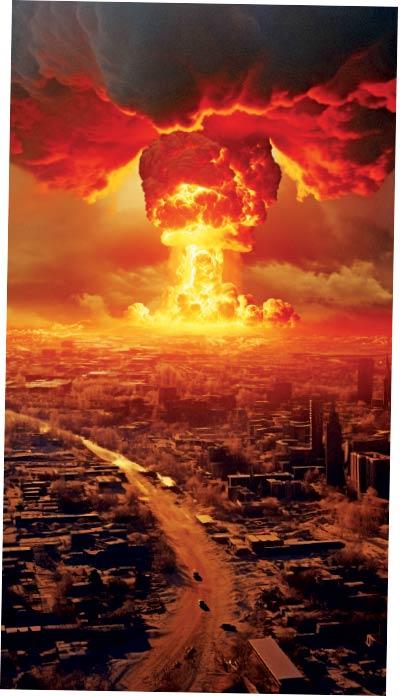
In June 2025, Israel launched a series of high-profile airstrikes on Iranian nuclear facilities in Isfahan, Natanz, and Qom. These attacks marked a fundamental shift from sabotage to open warfare. Israel claimed the strikes set back Iran’s nuclear program by at least two years. Iran’s Supreme Leader Ali Khamenei vowed revenge, launching waves of ballistic missiles at Tel Aviv, Haifa, and military installations.
The involvement of the United States—initially limited to intelligence support—widened after Iran struck a U.S. military base in Iraq, killing several American troops. U.S. President Donald Trump authorized retaliatory airstrikes on Iranian command centers, bringing the world dangerously close to a regional war.
Conclusion: A Powder Keg Ready to Explode
The Iran-Israel conflict has always had the potential to spiral into all-out war, and 2025 appears to be the moment when that threshold was crossed. The convergence of ideological enmity, nuclear brinkmanship, proxy warfare, and failed diplomacy created a perfect storm. Understanding how we got here is essential to grasping the gravity of the current situation—and the dangers that lie ahead.

